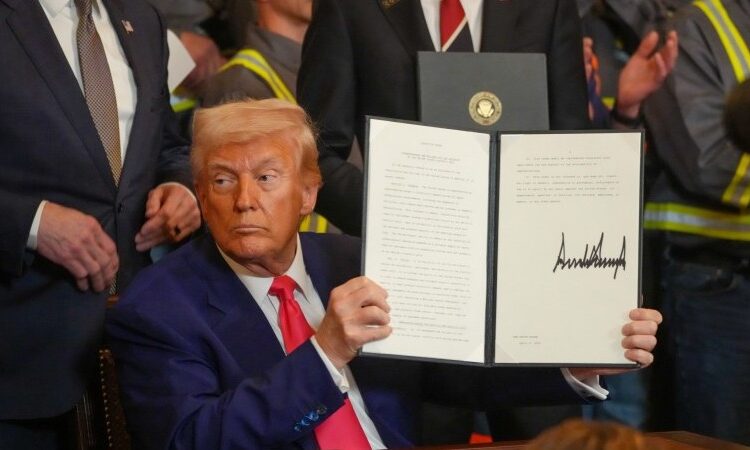Just when the dollar seemed to be regaining some confidence, the US decision to go ahead with a tariff hike of 104% on China (alongside all other tariffs) led to a rotation away from the greenback. With risk sentiment deteriorating throughout the US session, the other safe havens CHF and JPY remain in a strong position despite another rise in global sovereign yields. Interestingly, dollar deleveraging favoured European currencies yesterday, perhaps on the view that the measured EU response to US tariffs makes a trade deal more likely.
One of the reasons why the dollar is suffering the most from additional tariffs on China is that markets feel the lack of immediate substitutes for some Chinese products means even greater inflationary/recessionary risks for the US. At the same time, there is a diminishing negative effect on Chinese exporters from additional tariffs.
While it’s true that Trump is starting to negotiate with other key partners (like Korea yesterday), the technical times for trade deals aren’t short, especially considering the large number of parts involved at the same time. We’ll watch closely whether European equities outperform US ones again today. Should that happen in unison with a further widening in the 10-year Atlantic spread (which has moved from 154 to 175bp in the past 24 hours), it would signal the additional loss of confidence in USD-denominated assets that can add pressure on the greenback as markets lose confidence in its safe haven value. We think the balance of risks is tilted to the downside today in DXY, which can break below 102.0
The data calendar is relatively light in the US today, after yesterday’s NFIB surveys pointed to softer small business sentiment and hiring plans. MBA mortgage applications will be monitored closely after having dropped for three consecutive weeks. Later today, the Fed releases its March meeting minutes. Most of the focus will likely be on the assessment of the tariff impact on inflation, although the “liberation date” delivered harsher than expected protectionism, so the March minutes are probably already outdated by now. Fedspeak is more relevant at this stage. Yesterday, Mary Daly, President of the San Francisco Federal Reserve, warned not to expect any tariff-induced rate cuts, while Chicago Fed President Austan Goolsbee suggested the Fed may need to act before the growth effect is shown on hard data. We’ll hear from Richmond Fed President Tom Barkin today.
Elsewhere, the Reserve Bank of New Zealand (RBNZ) cut rates by 25bp to 3.5% this morning, matching expectations. Guidance remained dovish, with policymakers signalling more room to cut rates as trade war effects unfold. We now think the RBNZ will take rates below 3.0%, probably to a 2.75% terminal rate, which is still above market pricing for 2.5%.
The FX implications are very much secondary compared to the direction of trade news. AUD and NZD remain key laggards in G10 due to their proxy role for China. The People’s Bank of China’s (PBoC’s) greater appetite for a lower yuan (more on the CNY section below) could take some pressure off the proxies, but it is not enough to trigger any strong rebound. AUD/USD has broken below the key 0.60 mark and NZD may follow by breaching the 0.55 support in the coming sessions. Given how far Antipodeans have fallen, they will be the biggest beneficiaries from any sign of de-escalation between China and the US.
Francesco Pesole





